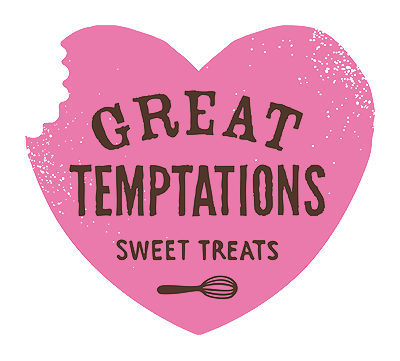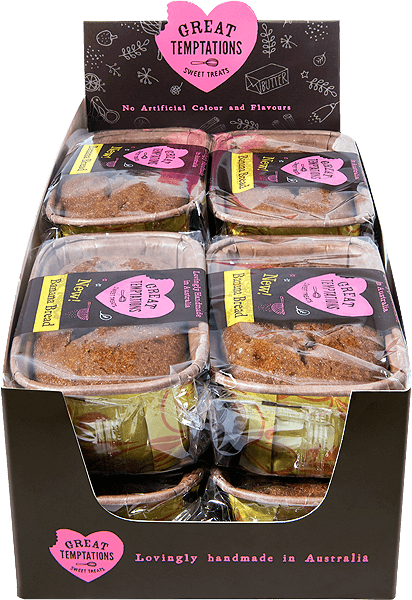
Understanding how to read gluten-free labels is a crucial skill for anyone managing celiac disease or gluten sensitivity. With the growing availability of gluten-free products on the market, understanding how to read labels accurately ensures safe food consumption and maintaining a healthy lifestyle. However, for those new to a gluten-free lifestyle, deciphering labels can feel like a maze. In this article, we’ll be breaking down key steps to interpreting gluten-free labels, empowering you to make informed choices on the foods you consume.
What does “gluten-free” mean?
Let's start with the basics. Gluten is a protein found in wheat, barley, rye, and their derivatives. For individuals with celiac disease, gluten sensitivity, or wheat allergies, consuming gluten can trigger adverse reactions ranging from gastrointestinal distress to autoimmune responses. As such, products labelled "gluten-free" are crucial for their dietary needs.
The term "gluten-free" indicates that a product does not contain any gluten or has been processed to remove gluten traces. In line with Australian law, a product that contains no detectable gluten (i.e. less than 0.003%) can be labelled as gluten free. Be aware that these standards differ from international regulations including in the United Kingdom, the United States and the European Union, which allow for gluten-free products to include up to 20 parts per million of gluten.
Decoding Gluten-Free Labels
When perusing the aisles, you'll encounter various gluten-free labels, each conveying different information. Here are some common labels and what they signify:
“Contains gluten” and “contains traces of gluten”: Occasionally you won’t be able to find sources of gluten on the ingredient list, however, the label may include “contains traces of gluten” or “contains gluten.” Those on a gluten-free diet should avoid these products.
“May contain traces of gluten”: Warning statements such as “may be present” or “may contain” are voluntary statements that are not required by law. Those with celiac disease should avoid products with these warning statements.
Ingredients List
Beyond labels, checking ingredient lists is crucial for identifying gluten-containing components. By Australian law, all ingredients are mandated to be listed on product packaging. However, while some ingredients that contain gluten can be easily identified, gluten can still be found in less obvious ingredients.
While wheat, barley, and rye are obvious sources, gluten can hide under alternative names such as malt or modified food starch. Familiarise yourself with these terms and be vigilant when reading labels.

Be aware of cross-contamination
While certain products may be gluten-free by ingredients, they can be contaminated in preparation or the way the product is stored. You’ll need to make sure that practices are followed at home. Here are some practices for reducing cross-contamination while preparing food (Source: Dietitians Association of Australia, 2006):
- Clearly label all foods in the freeze, fridge and pantry.
- Wash utensils properly to remove all traces of gluten. This is particularly important with chopping boards and colanders.
- Ensure that barbeques are well cleaned before use, and use separate utensils if all food is not gluten-free.
Watch out for hidden sources of gluten
Make sure to educate yourself on ingredients that contain gluten as sometimes gluten can be found ‘hidden’ in foods that you won’t expect. Below you can find gluten-containing grains and their derivatives:
- Wheat starch
- Wheat berries
- Wheat
- Spelt
- Semolina
- Rye
- Malt
- Khorasan wheat
- Graham
- Farro
- Farina
- Emmer
- Einkorn wheat
- Durum
- Brewer’s yeast
- Barley
If you’re in doubt, then opt-out
If you find a product that is not naturally gluten-free and has an unclear label (e.g., it is labelled “gluten-free” but has wheat), or if you are still unsure of whether or not is safe to consume, it’s best that you find an alternative product.
Seeking Support and Resources
Embarking on a gluten-free lifestyle can feel daunting, but you're not alone. Seek support from online communities, support groups, and healthcare professionals specialising in celiac disease or gluten sensitivity. These resources offer valuable insights, tips, and recipes to navigate the gluten-free journey successfully. Coeliac Australia has a range of resources available to help including recipes and fact sheets to refer to.
Understanding gluten-free labels is essential for individuals managing celiac disease, gluten sensitivity, or wheat allergies. By deciphering labels, checking ingredient lists, and seeking support, you can confidently navigate the gluten-free landscape and make informed dietary choices. Remember, knowledge is your most potent tool in maintaining a healthy and fulfilling gluten-free lifestyle.
Found this helpful? Check our our other blog posts sharing gluten-free lifestyle tips:
Alternative Gluten-Free Flours for Baking
Top Gluten-Free Snack Ideas for Kids
Guide to Gluten-Free Parenting
10 Tips for Throwing a 100% Gluten-Free Child’s Birthday
Gluten-Free Party Recipes and Dishes
Don’t forget to check out our latest gluten-free Great Temptations range.


